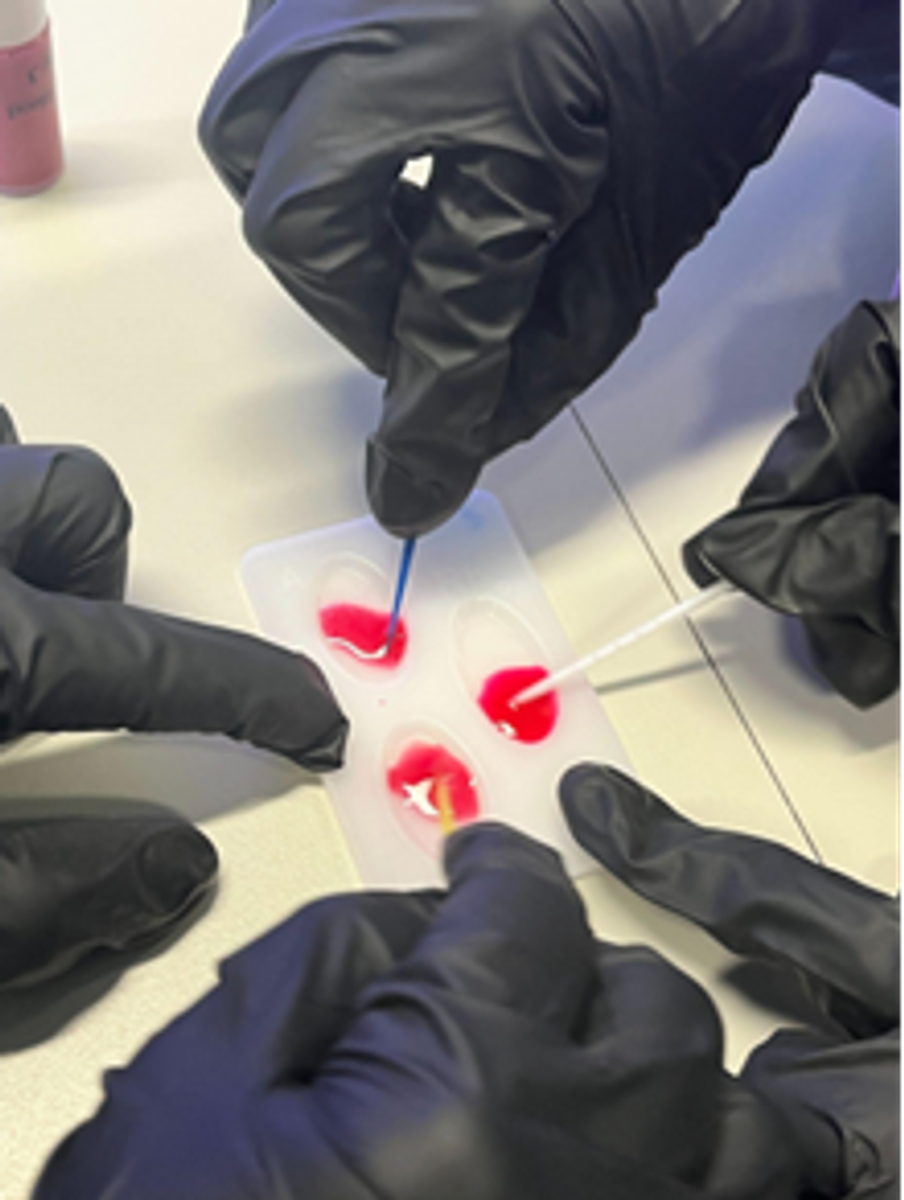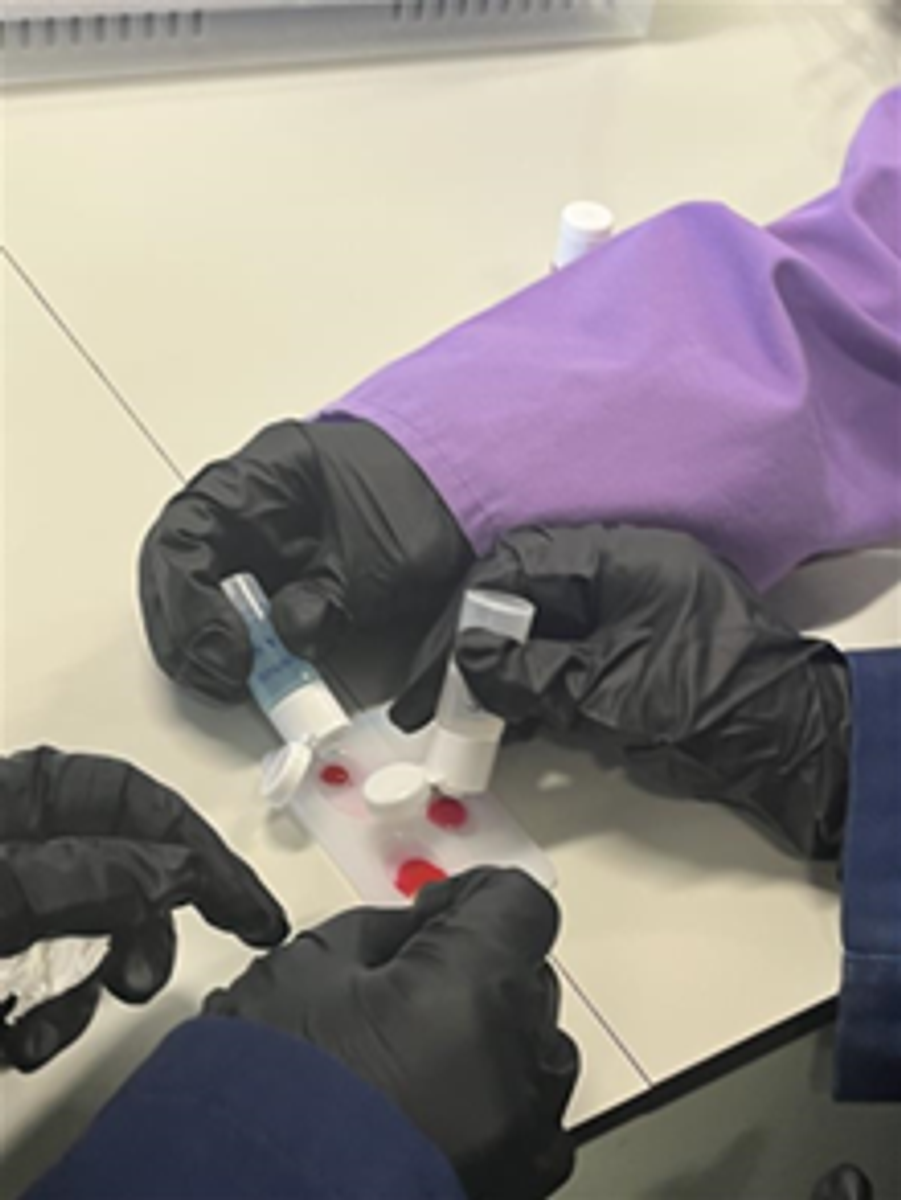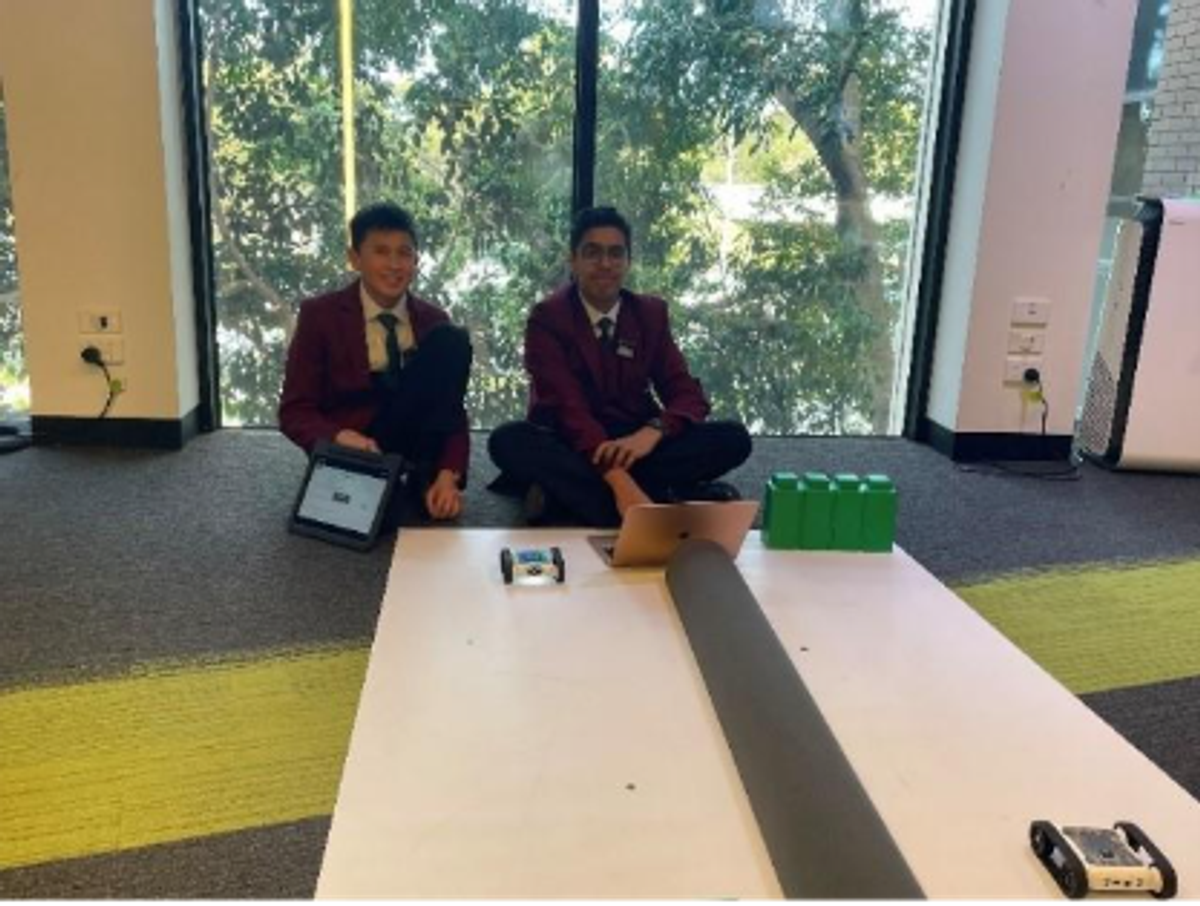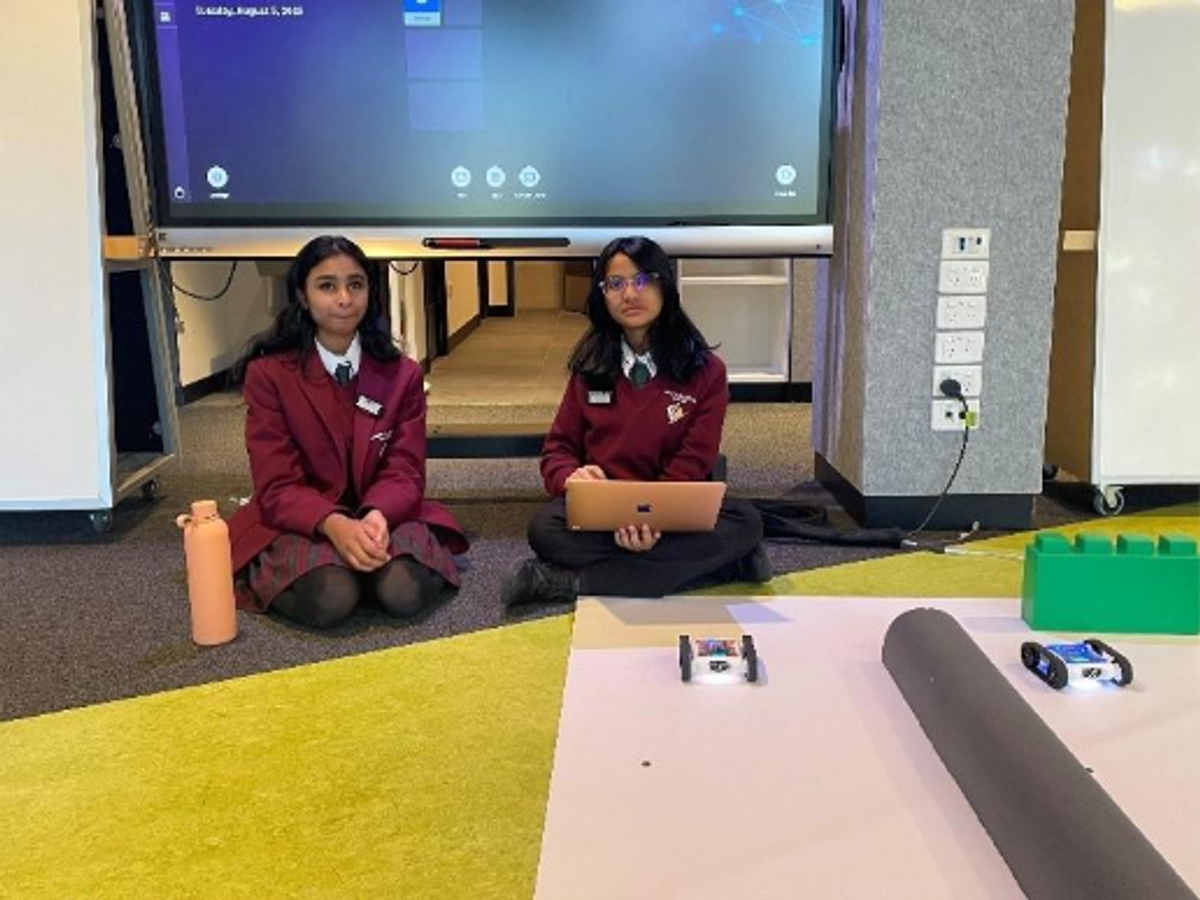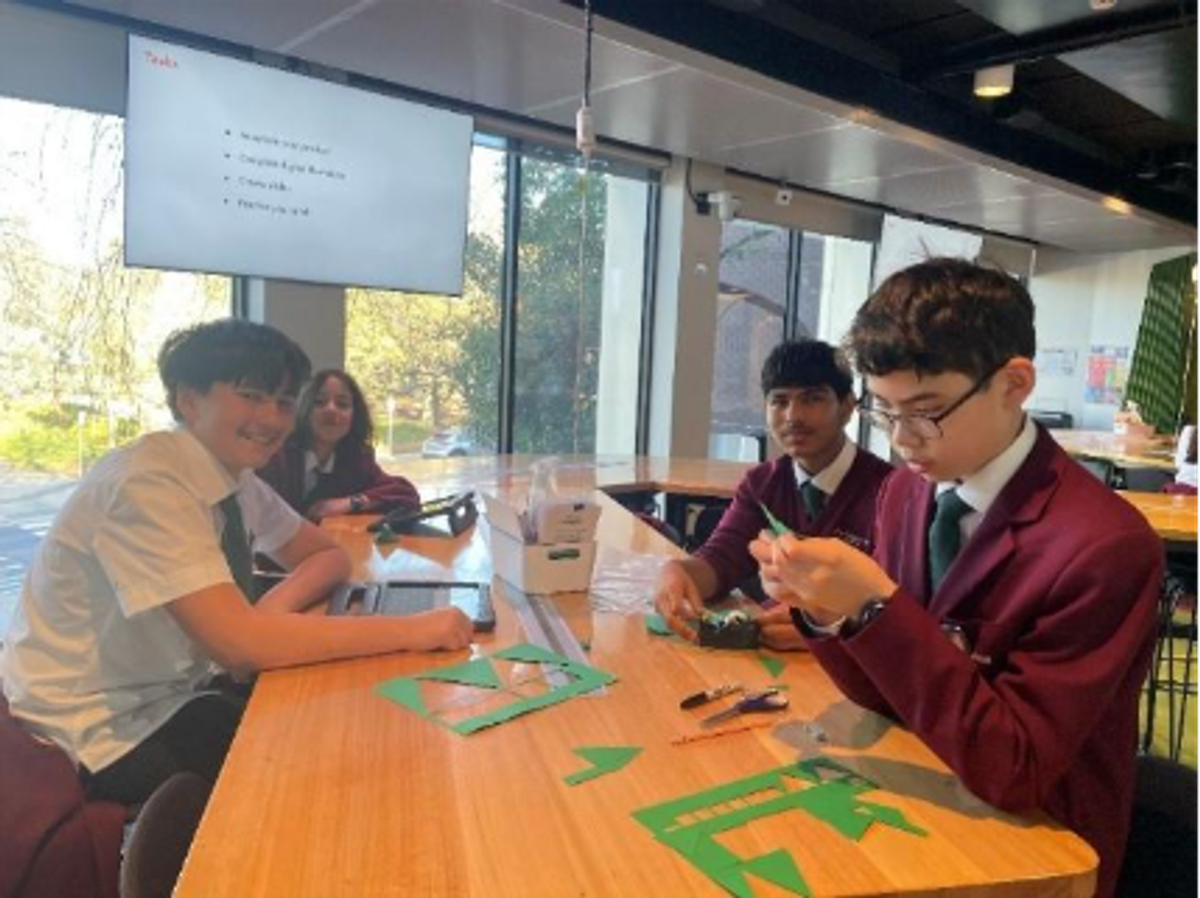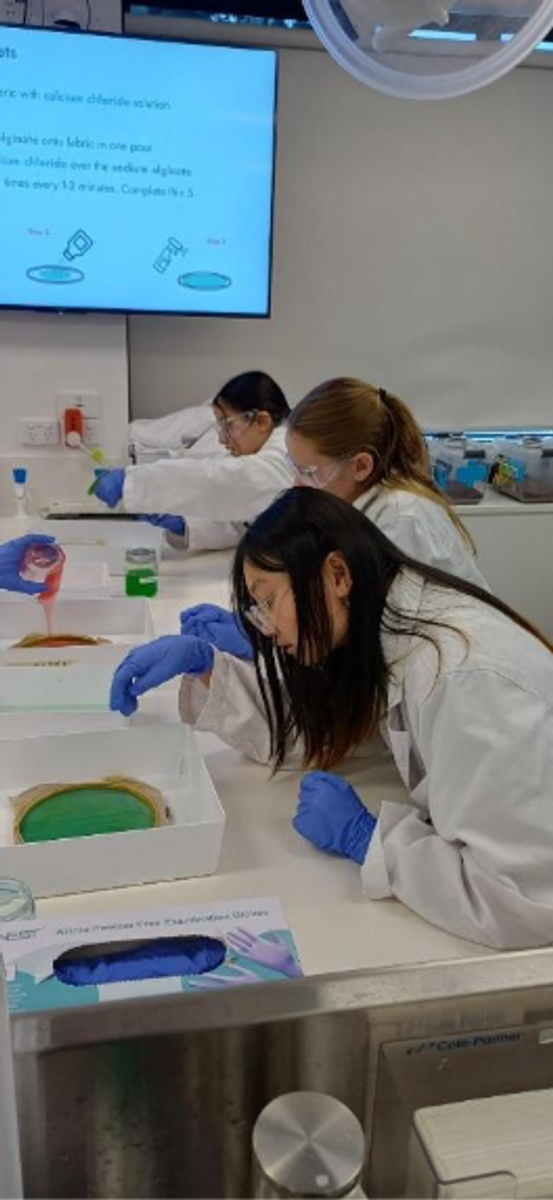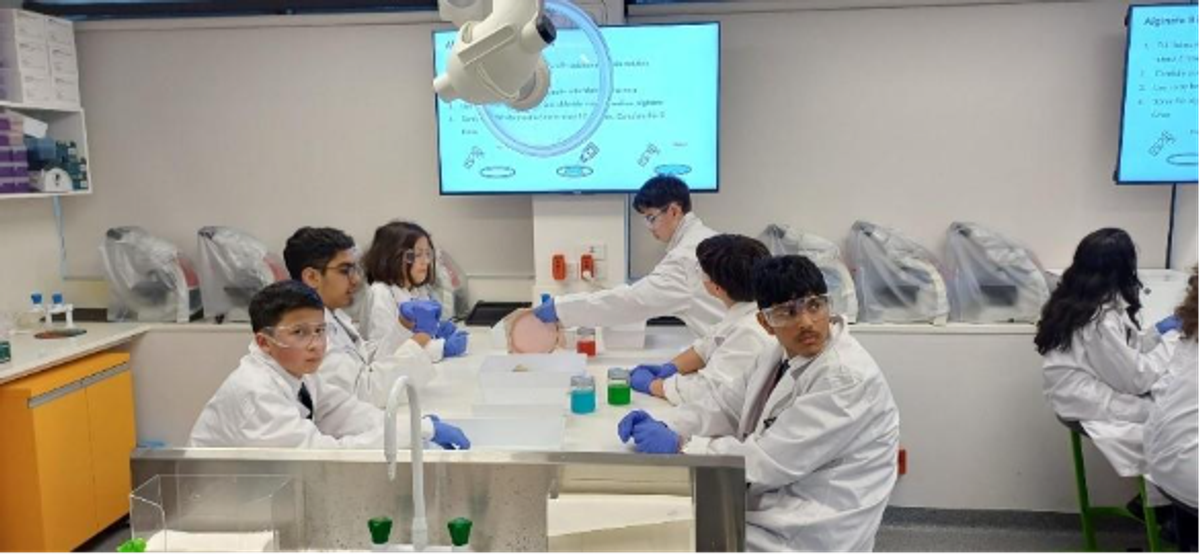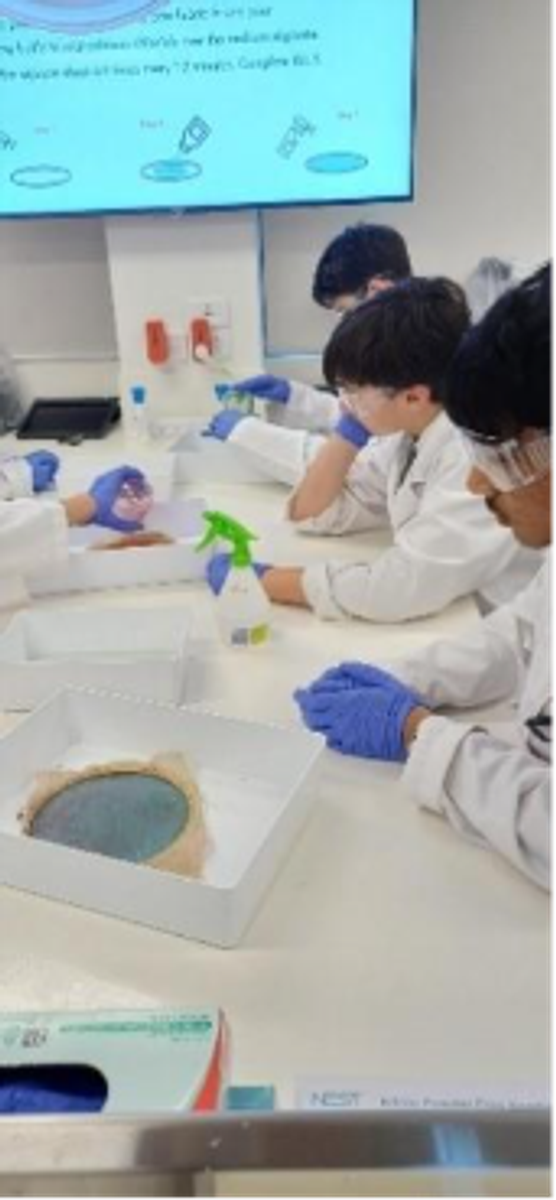Science and Design Technology News
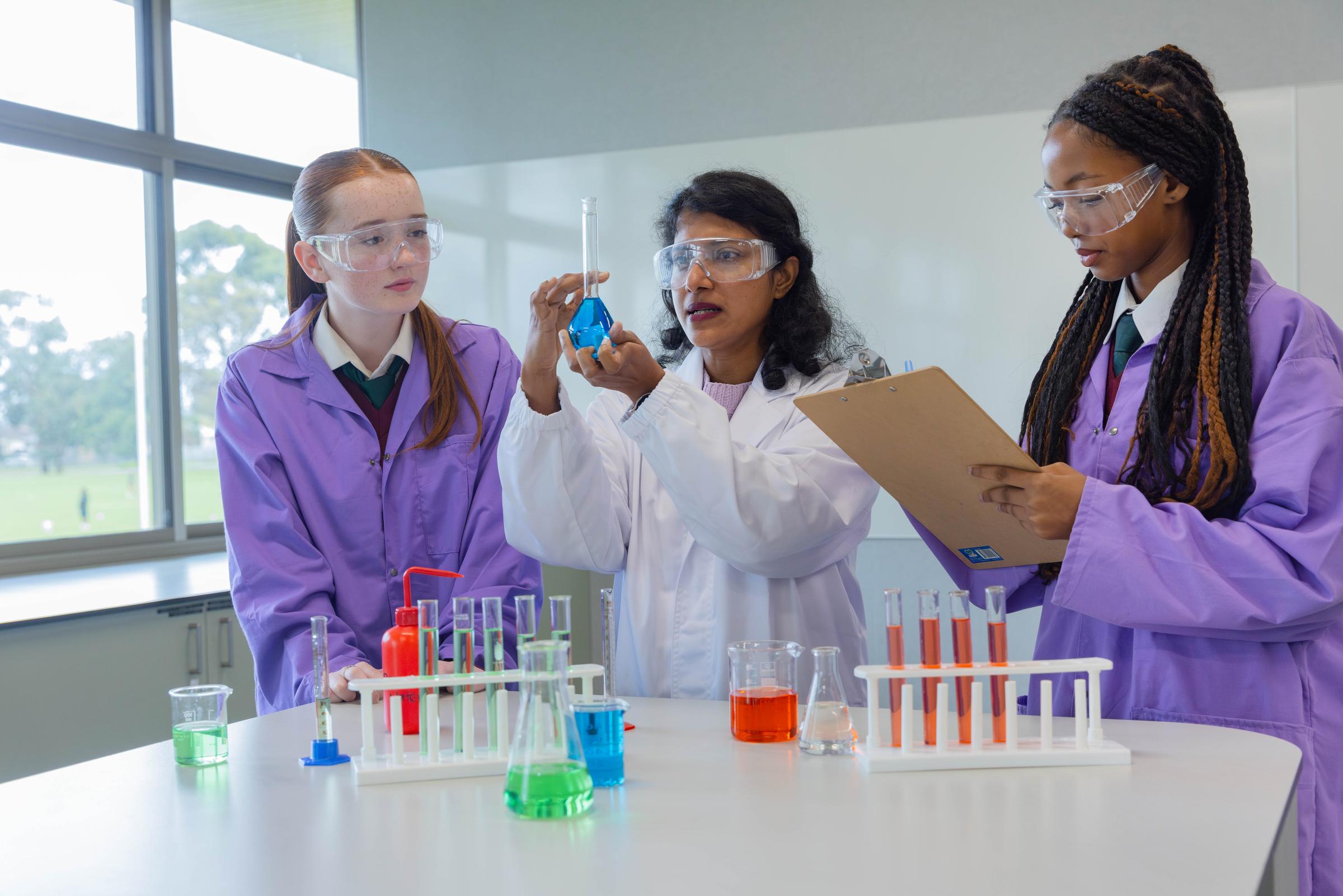
Beginning of Term 3:
Science Department Update – Term 3
The Science Department has had a busy and productive start to Semester 2, with students from all year levels taking part in a diverse range of lessons and hands-on experiments. From building circuits to creating ecosystems in a bottle, our students have been actively applying their learning in engaging, real-world contexts.
Our Year 7 students have been exploring Ecosystems and Classification, developing their understanding of how living things are organised and how they interact with their environments. A highlight has been students in some classes creating their own ‘ecosystem in a bottle,’ applying their knowledge in a hands-on, creative way. Later this term, students will begin their new topic on Forces.
Our Year 8 classes have been learning about the elements of the periodic table and their unique properties. In their next topic, students will explore chemical reactions, conducting a series of exciting experiments such as creating elephant’s toothpaste and making detailed scientific observations.
Our Year 9 classes have been studying Electricity and Magnetism, learning how electric circuits work and applying their knowledge by designing and building their own. They have also explored the connection between electricity and magnetism, and how these forces are applied in everyday technologies. Later this term, students will begin their study of the nervous system, one of the highlights of the Year 9 Science course.
Our new Year 10 courses are now running for the second time, following very positive feedback from last semester. Teachers have been working hard to refine and enhance the programs, ensuring we provide the best possible preparation for students as they move into VCE Sciences.
Highlights from term 3
On the 22nd of June, the 1st day of term 3, 2 2 classes of VCE unit ¾ biology students went to the city to engage in a program run by the university of Melbourne to provide them the opportunity to engage in science experiments relating to Unit 4 biology. The 1st experiment involved students conducting an indirect ELISA test, which involves testing for the presence of influenza antigens in a sample. Students were able to utilise scientific equipment including micro-pipettes to transfer samples and indicator solutions to demonstrate a blue colour change if a sample presented for antibodies.
The 2nd experiment allowed students to investigate changing attributes of Drosophila flies over the course of multiple generations, namely their wings. By counting and measuring frequency of wing variations, students were able to determine which type of wings were being selected for by the flies.
This excursion was another great opportunity for students in our VCE science cohorts to engage with real life applications of what they learn in the classroom, and I am excited for them to have more opportunities to apply their learning in all subjects to better understand how they could proceed beyond their learning.
Year 7 MTS excursion KSU sent in article
Our Year 11 Biology class has been learning about genetic inheritance, an area of study that helps us understand how traits are passed from one generation to the next and why individuals have their unique characteristics. Students have had the opportunity to test simulated ‘blood groups’ in the lab and apply this knowledge to solve genetic problems, skills that are not only fascinating but also essential in fields such as medicine and forensics.
Rowan Presland
Learning Specialist STEM | Science
Early in Term 3, Year 7 students participated in a two-day excursion to Monash Tech School, located at Monash University. As part of the Superproducts program, students engaged in a range of exciting activities, including learning to code and control a MicroMelon mobile robot and a robotic arm. They also used the design thinking process to develop solutions to manufacturing challenges, incorporating principles of sustainable product design into their prototypes. The excursion provided valuable hands-on and collaborative learning experiences, which students thoroughly enjoyed. Well done to all Year 7 students for their enthusiasm, engagement, and excellent participation throughout the two days.
Kinga Suwara
Science Teacher
Student reflections from the excursion:
“In the past two weeks, all Year 7 students participated in an unforgettable two-day program at Monash University's Clayton Campus. On August 4th and 5th, 7A and 7E participated in the excursion. Our topic was “Superproducts”. This topic taught us design thinking, coding, and robotics, and although most of us had some prior experience with this topic, this program deepened our knowledge and skills. All of the activities we did were hands-on and required teamwork and communication with our groups. Over two days, we participated in six activities. Although both days had their advantages, the second day was particularly enjoyable due to the hands-on construction activities.
On the first day, we learnt basic block-based coding (loops, conditions, and actions), and designed a prototype based on “creative card” – cards that had prompts and constraints for designs. On the second day, we built our prototype and presented it to our peers, and learnt how robotics can be used in real-life instances, such as in manufacturing companies. While working on coding various machines and vehicles, I found that my absolute favourite to code was the “Cobot,” the robotic arm. At the end of the program, the staff introduced us to job opportunities related to what we had learned.
To conclude, this excursion was a very valuable experience and led us to have an interest in the field of STEM, and we discovered how extensive the field of STEM is. This program has also motivated me to explore the possibility of pursuing a career in STEM in the future!”
Kintan Chakraborty, Year 7
“The excursion was great. Even though I only went one day, I still got to do awesome stuff like controlling robots and coding robots as well. It was also really fun presenting our presentation which was making a carpet for tradies. “
Jonah Zgournios, Year 7
Kinga Suwara
Science Teacher

